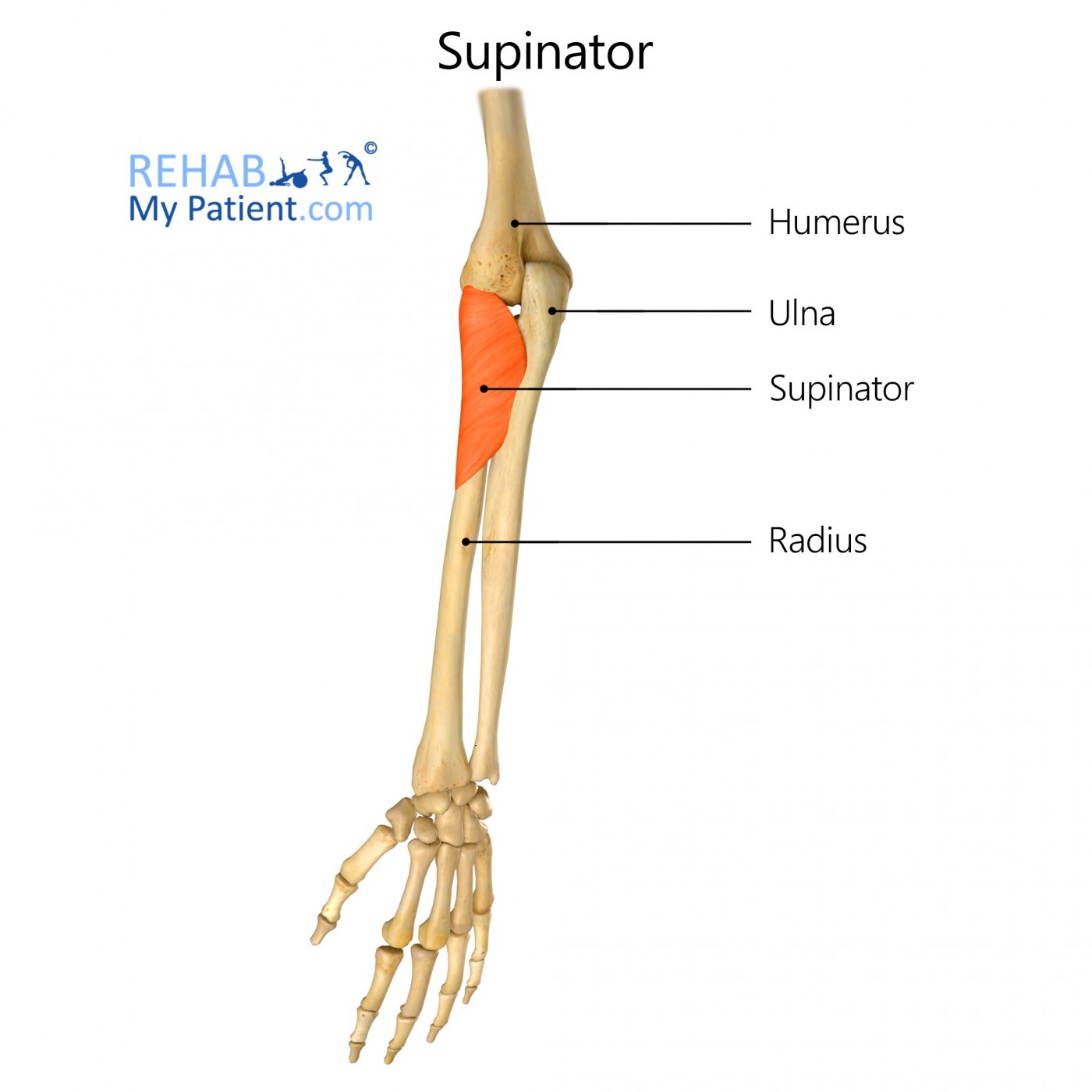
General information
When it comes to human anatomy, the supinator is a broad muscle located in the posterior compartment of the forearm. It is curved around the upper third of the radius. The main function of the muscle is to supinate the forearm.
Literal meaning
Lying on its back.
Interesting information
Hyper-supination causes a number of different joint problems in the hands and feet. Oversupination causes a lot of damage to the tendons and muscles that are connected to the structures of the joint bone. Most of the time, injuries and problems are the result of overuse, such as for those who are athletes.
Excessive supination will cause the joints to become weak. When people exercise, stretching will help to increase muscle flexibility. This process will allow the joints to move slightly further. These stretching exercises can allow martial artists to carry out a number of different manoeuvres, which may be impossible for the majority of people to do. When the ligaments undergo excessive supination, the bone joints become weak.
Origin
Posterior surface for the lateral epicondyle out of the humerus, annular ligament, radial collateral ligament and the lateral edges of the proximal ulna.
Insertion
Anterior and lateral surfaces from the proximal third from the shaft of the radius.
Function
Supination.
Nerve supply
Radial nerve C6-C7.
Blood supply
Radial artery’s direct muscular branches supply the muscle.
Branches out of the posterior interosseous, recurrent interosseous, radial recurrent and the middle collateral arteries.

Relevant research
The relative contributions for the forearm extensors in relation to the tensile force at the lateral epicondyle were examined using a force transducer implant into the common extensor tendon of the four cadaver elbows. Each muscle was stretched from the lateral epicondyle. The largest increases were found in the extensor digitorum communis and the extensor carpi radialis, but the superficial head of the supinator was able to produce a moderate increase for the tensile force out of the common extensor tendon. No significant effect was found on the extensor carpi ulnaris and the extensor carpi radialis.
Radial tunnel pressures were measured with a balloon catheter on five different cadaver elbows. The pressure increased when moving the wrist from a neutral position to that of a flexion-pronation position. The study demonstrates the basis for the superficial head of the supinator in radial tunnel syndrome and lateral epicondylitis.
Erak S, Day R, Wang A. The role of supinator in the pathogenesis of chronic lateral elbow pain: a biomechanical study. J Hand Surg Br. 2004;29(5):461-464. doi:10.1016/j.jhsb.2004.06.001
Supinator exercises

Active forearm supination
This exercise can be performed freely or with resistance to help strengthen the muscles in the forearm. Hold the right arm close to the side with the elbow bent 90-degrees. Begin with the hand in a palm-down position. Rotate the forearm slowly so that the palm is facing upward. Hold a small dumbbell in the hand to make the movement more difficult. Secure a resistance band onto a sturdy object and take the other end around the hand that is farthest from the bend. Rotate the forearm slowly against the band’s resistance until the palm is facing upward.
Sign Up
Sign up for your free trial now!
Get started with Rehab My Patient today and revolutionize your exercise prescription process for effective rehabilitation.
Start Your 14-Day Free Trial